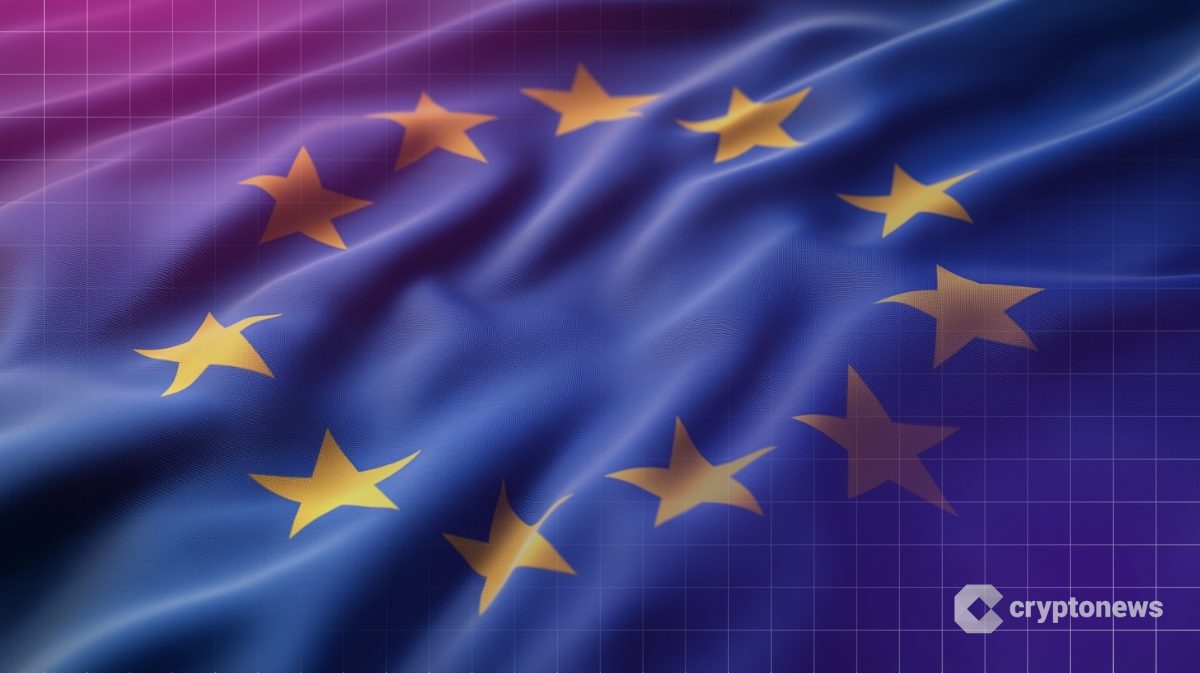The Ether Machine crosses 345k ETH after $40m buy: what’s the endgame?
The Ether Machine’s latest $40 million acquisition pushes its treasury to 345,362 coins, but the real question isn’t “how much?”, it’s “what’s next?” With staking, restaking, and DeFi strategies in motion, the firm is turning its holdings into an active financial engine.
- The Ether Machine’s treasury surpasses 345,000 ETH after a $40 million buy, now totaling $1.2 billion in ETH holdings.
- The firm competes with BitMine and SharpLink in a growing corporate arms race for influence over Ethereum’s capital layer
In a press release dated August 4, The Ether Machine announced its subsidiary, The Ether Reserve LLC, had acquired an additional 10,605 Ethereum (ETH) tokens at an average price of $3,781, marking its second major purchase in a week.
The move follows a 15,000 ETH buy commemorating Ethereum’s 10-year anniversary and brings the firm’s total holdings to over 345,000 ETH, worth roughly $1.2 billion at current prices.
According to Chairman Andrew Keys, the strategy isn’t just about accumulation: “We’re building a machine designed to grow Ethereum’s capital base,” he said, emphasizing active staking and onchain deployment over passive exposure.
The corporate Ethereum arms race heats up
The Ether Machine’s aggressive accumulation strategy reflects a fundamental belief that Ethereum is evolving beyond a speculative asset into productive infrastructure. Unlike traditional corporate treasuries that treat crypto as a balance sheet hedge, The Ether Machine is deploying its 345,362 ETH stack as working capital by staking for yield, restaking for additional rewards, and strategically allocating portions to vetted DeFi protocols.
This approach generates compounding returns while intentionally deepening the firm’s integration with Ethereum’s economic layer. As Chairman Keys noted, the goal isn’t just ownership but active participation in “growing Ethereum’s capital base.”
The development places The Ether Machine in direct competition with crypto’s most aggressive accumulators. According to SER’s strategic reserve rankings, the firm now trails only BitMine’s staggering 833,137 ETH treasury and SharpLink’s 480,031 ETH position. Both rivals have accelerated their buying sprees.
While BitMine added an average 24,000 ETH daily over five weeks to reach its $2.9 billion position, SharpLink quietly acquired $54 million worth of ETH just days ago. The speed of these accumulations suggests a brewing battle for influence over Ethereum’s staking economy, where large holders can shape validator dynamics and protocol development.
The Ether Machine’s planned Q4 public listing via SPAC merger could further intensify this competition. A successful $1.6 billion raise would provide fresh capital for additional ETH acquisitions while giving traditional investors exposure to Ethereum’s staking economy. Whether this influx of institutional capital ultimately strengthens Ethereum’s foundations or centralizes its economic power remains an open question.
You May Also Like

Japanese listed company Metaplanet spent approximately $53.7 million to increase its holdings of 463 Bitcoins

ECB Says Cash Will Stay, Even as Digital Payments Grow
